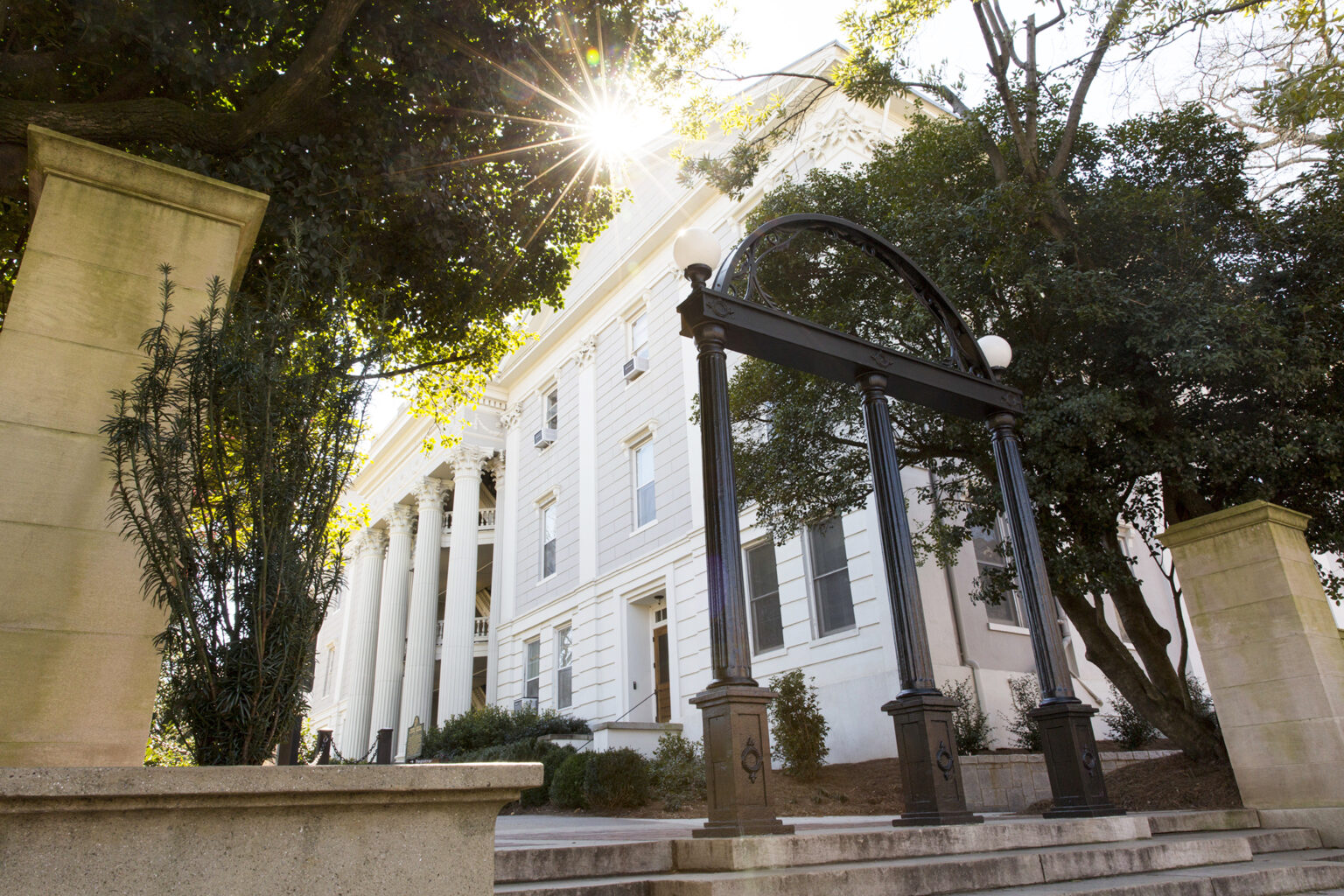 CAES News
CAES News
UGA Rankings
The University of Georgia continues to solidify its position among the nation’s most prestigious institutions of higher education. “The University of Georgia’s impressive rankings by a host of national publications reflect the tremendous talent and hard work of our exceptional faculty, staff and students,” said UGA President Jere W. Morehead. “While individual rankings can fluctuate from year to year, UGA’s consistently strong performance across a wide range of criteria speaks to our position among the nation’s leading universities.”


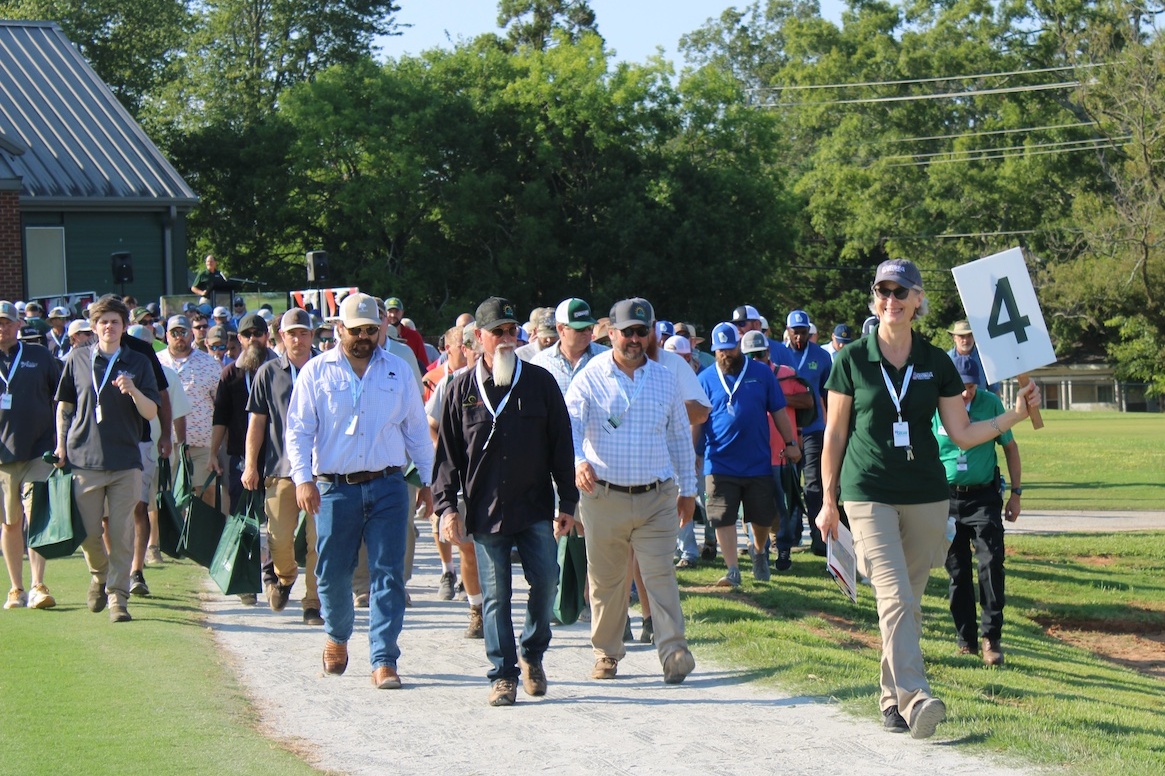
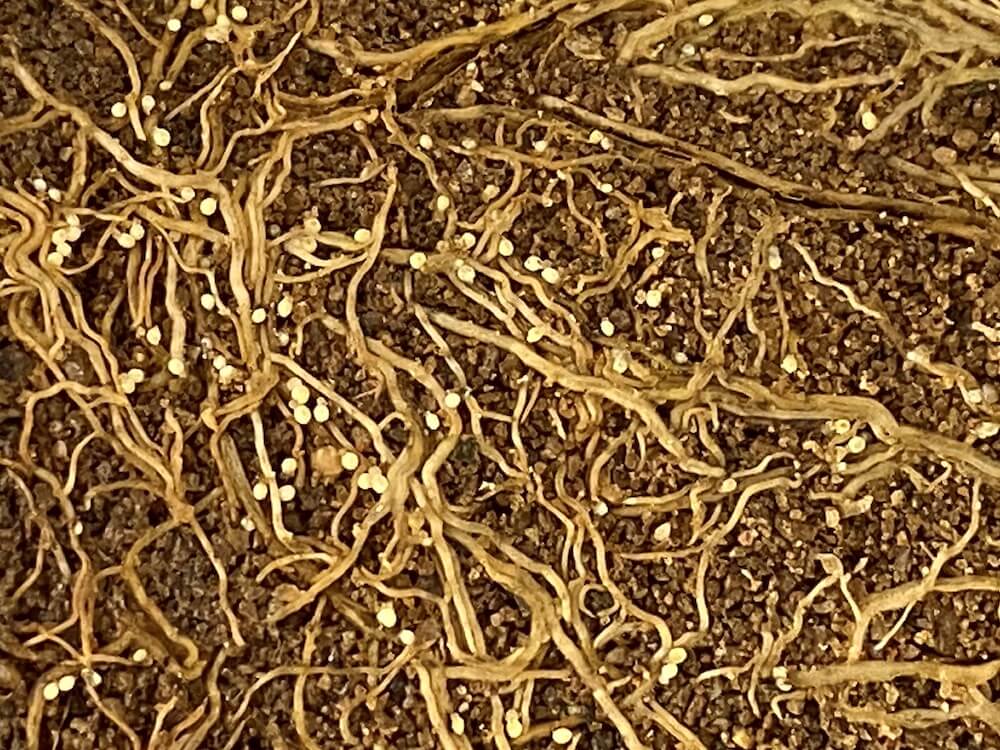
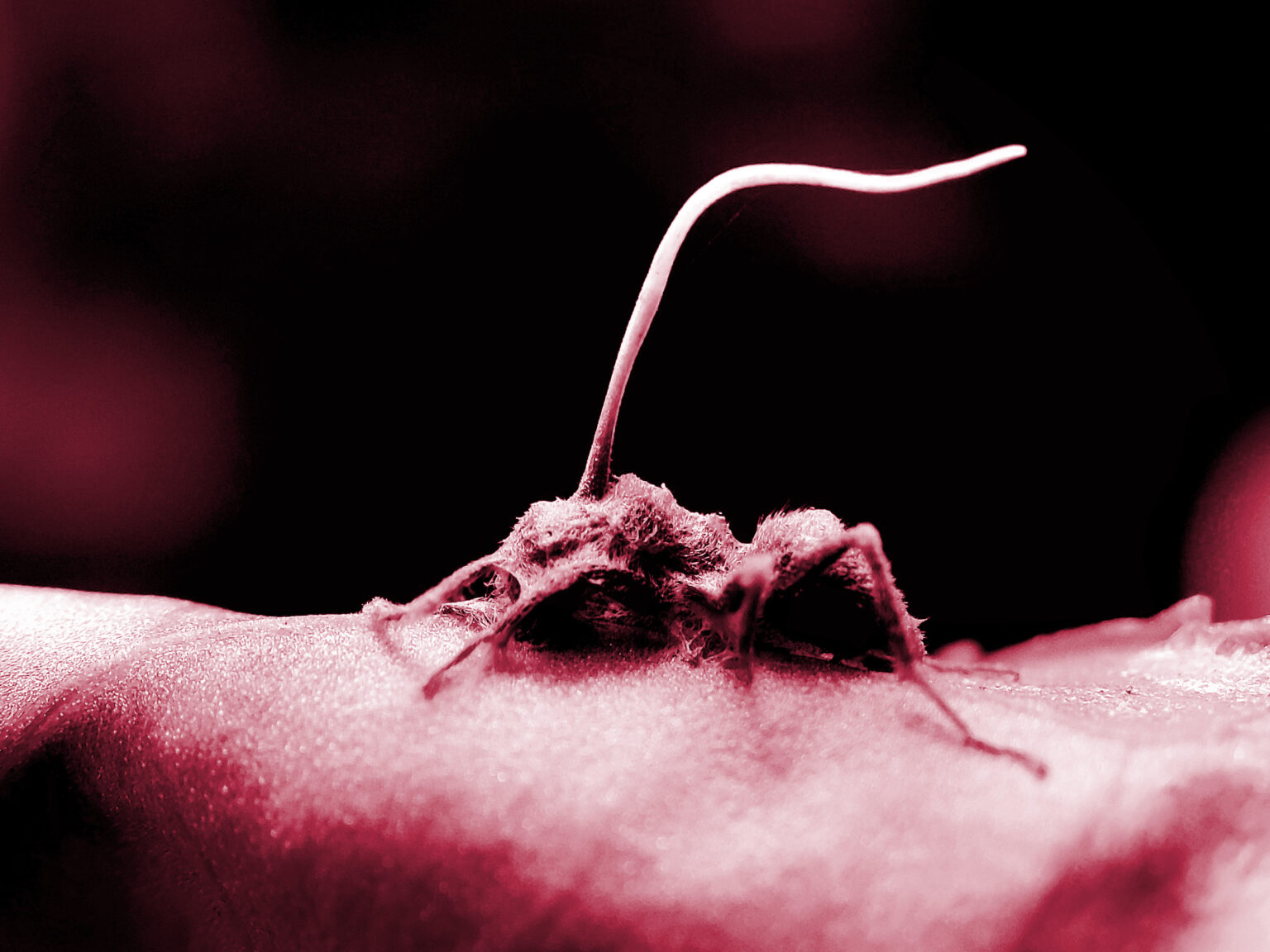


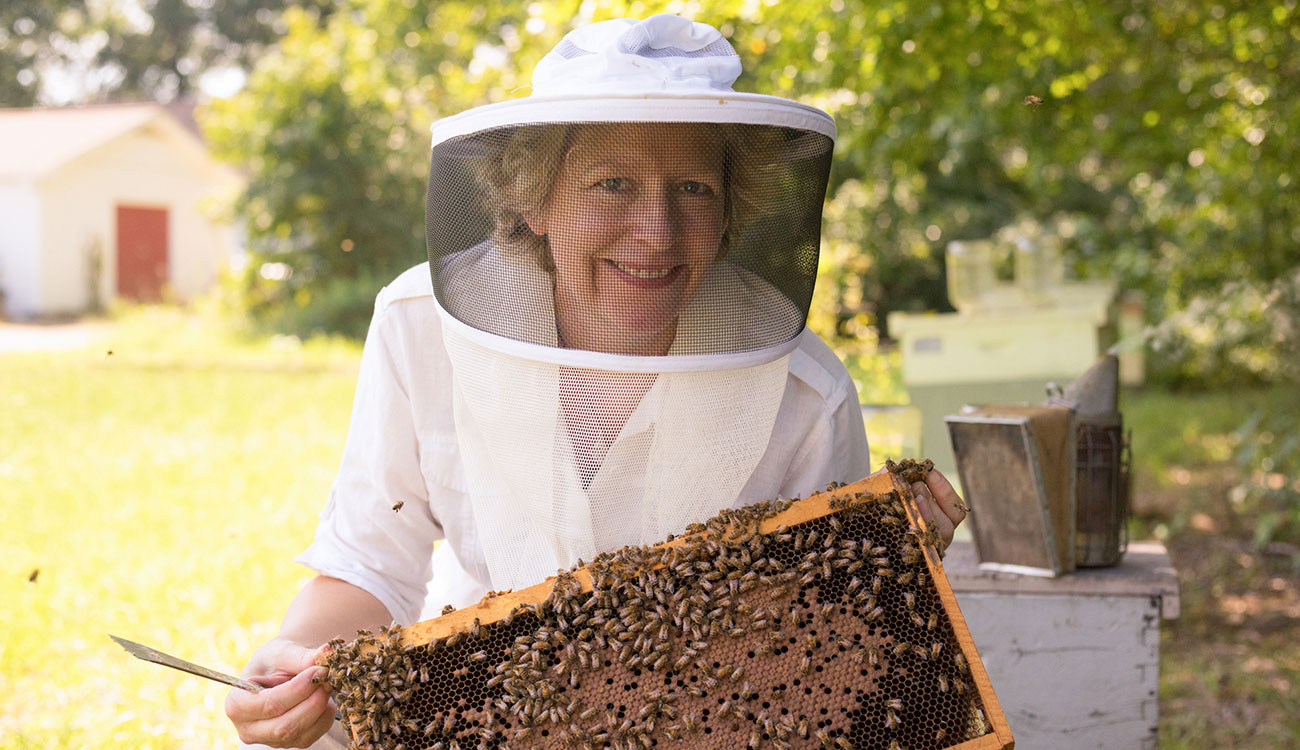
.jpg)
